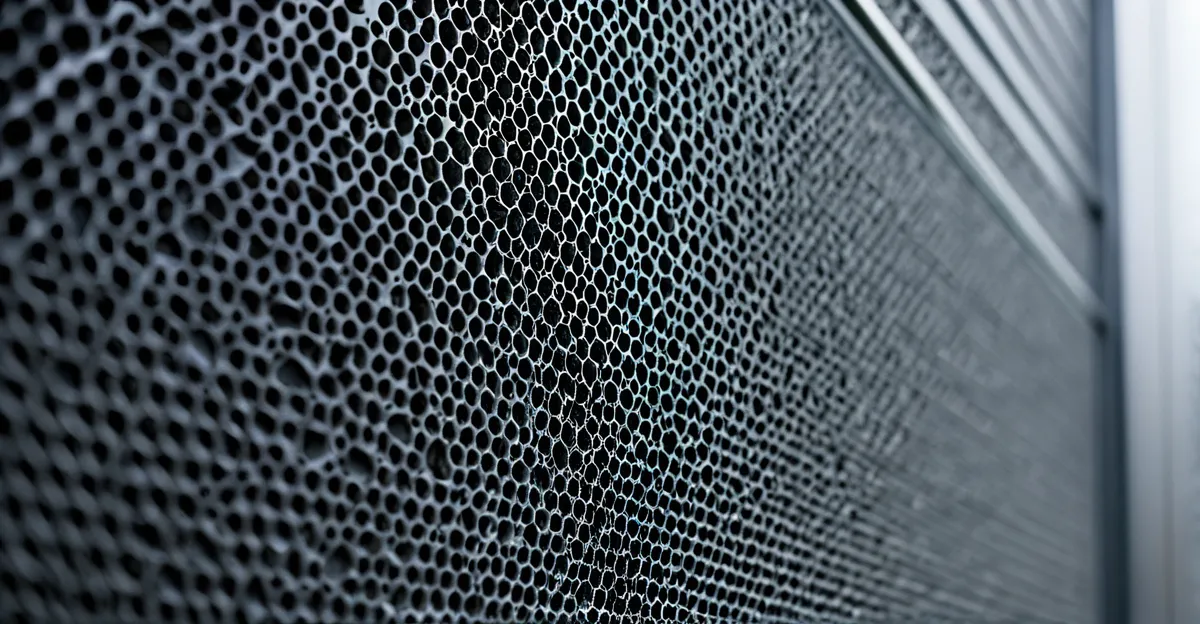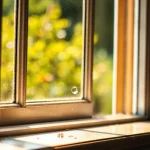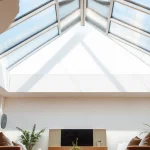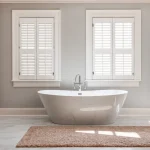Silicone render offers a blend of durability and breathability that keeps building exteriors protected and visually appealing. Its flexibility and hydrophobic qualities adapt well to weather changes while allowing moisture to escape, preventing damage. With a wide color range and straightforward application, silicone render stands out as a versatile solution for both renovation and new construction projects.
Comprehensive Guide to Silicone Render: Benefits, Costs, and Colour Options
Offering a smart solution for exterior protection, Silicone Render is renowned for flexibility, weather resistance, and long-term durability. Its hydrophobic qualities help repel rain, while maintaining excellent breathability so moisture doesn’t get trapped beneath the surface. Used extensively on modern homes and renovation projects, this render flexes with structural movement, reducing the risk of cracks over time. Its mechanical strength ensures high resistance to algae, fungi, and atmospheric agents, catering to properties exposed to harsh weather.
Also to discover : Transform your environment: expert air duct cleaning services in kent
Homeowners benefit from a remarkable choice of finishes and colours—over 700 shades are available, with many suppliers offering RAL, NCS, or Pantone matches to suit any design preference. You’ll find both bold and subtle options, including white, grey, black, terracotta, ivory, and pastel tones, making it easy to coordinate with external features.
In terms of cost, prices for exterior silicone render can vary widely. Expect mid-range options around £71.99 to £151.19 per bucket (typical for 2025), with bulk or premium systems reaching higher figures. Additional tools and base coats might increase your budget, but the long-lasting, low-maintenance nature of silicone finishes often offsets initial expenses—providing a balanced investment for appearance and protection.
Have you seen this : Top durable and breathable exterior coatings with silicone render
Properties and Advantages of Silicone Render for Exterior Surfaces
Precision: Silicone render delivers a high level of water resistance and breathability by forming a hydrophobic barrier that repels external moisture while permitting internal humidity to escape. This ensures structures remain protected against both rainfall and dampness from within.
Technical Properties
- Hydrophobic effect: Silicone technology repels water, considerably reducing risk of algae and fungi.
- Breathability: Moisture vapor from inside the building can pass through the render, preventing condensation and structural deterioration.
- UV and weather resistance: Colours remain stable, and surfaces resist degradation from sun, wind, and heavy rain.
- Flexibility: The formula allows for minor movements in the building’s exterior, greatly reducing the likelihood of cracking.
Durability and Lifecycle Cost
Silicone render excels in diverse climates. Its inherent flexibility and weather resistance mean fewer repairs and repainting cycles over the years, promoting a lower lifecycle cost compared to traditional finishes. The surface remains self-coloured and uniform, reducing maintenance needs.
Insulation and Building Protection
When used with insulation systems, exterior silicone render enhances thermal performance by forming a weatherproof, breathable exterior. This shields insulation boards from the elements, helping buildings maintain comfortable temperatures and reducing energy use.
Silicone render is valued for providing both an attractive finish and robust protection, supporting long-term structural integrity.
Practical Application: Costs, Installation, and Colour Selection
Silicone render cost hinges on factors like location, project size, substrate condition, and chosen finish. On average, the price per m² in 2025 sits between £15 and £28 for typical installations, not accounting for specialist colours or high-spec systems. Labour, substrate prep, and scaffolding can push comprehensive project costs higher. Some suppliers enable price comparison or use of online calculators to estimate your total spend efficiently. Mid-range options cluster around £70–£150 per tub, while premium blends or full-system kits fetch a higher rate per square metre.
Application involves a structured process that enhances both durability and aesthetic appeal. The usual sequence starts with a primer to stabilize the substrate, followed by a base coat that smooths and levels the wall. Fibreglass mesh may be embedded in the base layer to prevent cracking. Highly recommended tools include stainless steel trowels, floats, and smoothing blades. Once cured, a top coat—such as a ready-mixed product—is applied for the final decorative finish. Optimal working temperatures range from 5 °C to 30 °C, ensuring proper curing and adhesion.
Colour selection is flexible and comprehensive. Leading suppliers provide extensive colour charts, offering matches to RAL, NCS, or Pantone references. Hundreds of shades, including neutral tones, bold hues, and designer finishes, allow you to match specific architectural requirements and achieve desired visual impact.
Comparing Silicone Render to Other Renders and Common Issues
Silicone render stands out for its breathability, flexibility, and superior water resistance, especially compared to traditional options like K Rend, monocouche, or sand and cement-based renders. According to the SQuAD method, the key advantage: silicone render lets moisture escape while keeping the structure dry, which limits both cracking and algae growth.
While K Rend and monocouche rely on cement or lime for strength, silicone render is engineered for enhanced durability and vibrant, long-lasting colour. This is due to its self-coloured composition—no painting required, so maintenance is minimal. Sand and cement render, while robust, typically lacks water resistance and is more susceptible to hairline cracks or spalling over time.
Industry leaders like Licata provide ready-mixed, thin-coat silicone render with over 700 colour options, delivering extensive design flexibility. Its BBA and ETA certifications further validate long-term performance.
Common maintenance tips include:
- Washing surfaces with gentle detergents to maintain finish.
- Inspecting for and repairing minor cracks promptly—often using a matching thin-coat patch product.
- Avoiding direct high-pressure washing, which may disturb the surface.
For properties seeking low-maintenance appeal with robust weather resistance in 2025, silicone render offers a reliable, modern solution.











